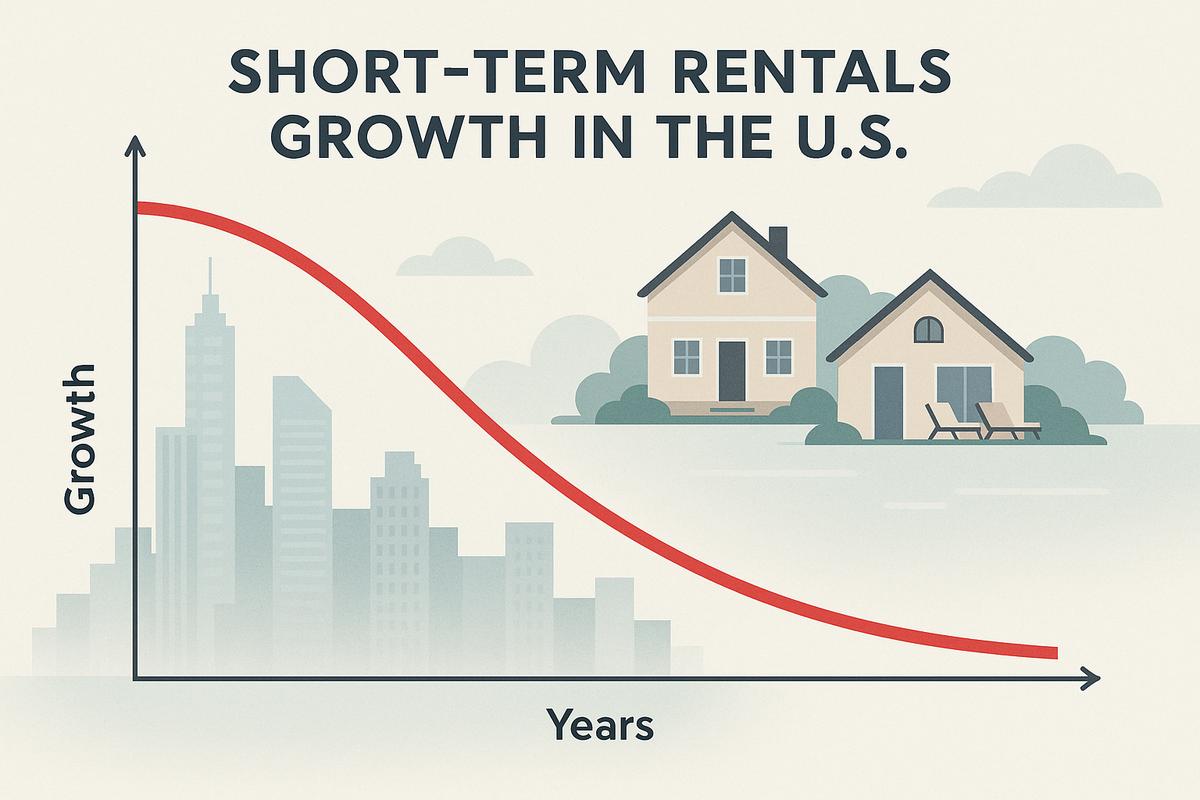Slower Supply Growth: What’s Happening?
The U.S. short-term rental (STR) market is changing. According to this recent Skift article, the number of new STRs being added is rising much slower than it did before. In fact, supply growth is now only half as fast as it was two years ago.
Why Is This Important?
A slowdown in how many new rentals are opening means:
- Less competition for existing hosts, since fewer new listings pop up.
- More stable or higher prices in popular areas, since there aren’t as many empty homes chasing guests.
- Easier planning for investors, because trends are not shifting as suddenly.
- Growth rates in big cities vs. small towns may start to differ as some regions feel this impact more than others.
What’s Causing the Slowdown?
There are a few reasons for this change:
- Tighter rules: Cities are making new laws about short-term rentals. That can slow down how many new ones open.
- Economic uncertainty: High interest rates and inflation make it harder to buy new properties or invest in upgrades.
- Market maturity: Many of the easiest places to launch STRs are already taken. It’s harder to grow quickly now.
What Does It Mean for You?
Going forward, hosts and investors should:
- Watch local trends: Your city may grow faster or slower than the national average. Local rules matter.
- Focus on quality: With less new competition, owners who improve guest experiences can stand out and earn more.
- Crunch the numbers: Want to know how much your place could make? Use a tool like the StaySTRa Analyzer for up-to-date earnings estimates.
Looking Ahead
Will this slower growth last? All signs point to a more balanced market where professionalism and smart investments win. Hosts who keep up with changes—like new tech or local regulations—will be in the best spot for success.
Want more insights on where the STR market is headed? Join the StaySTRa Insider mailing list and never miss a trend!






